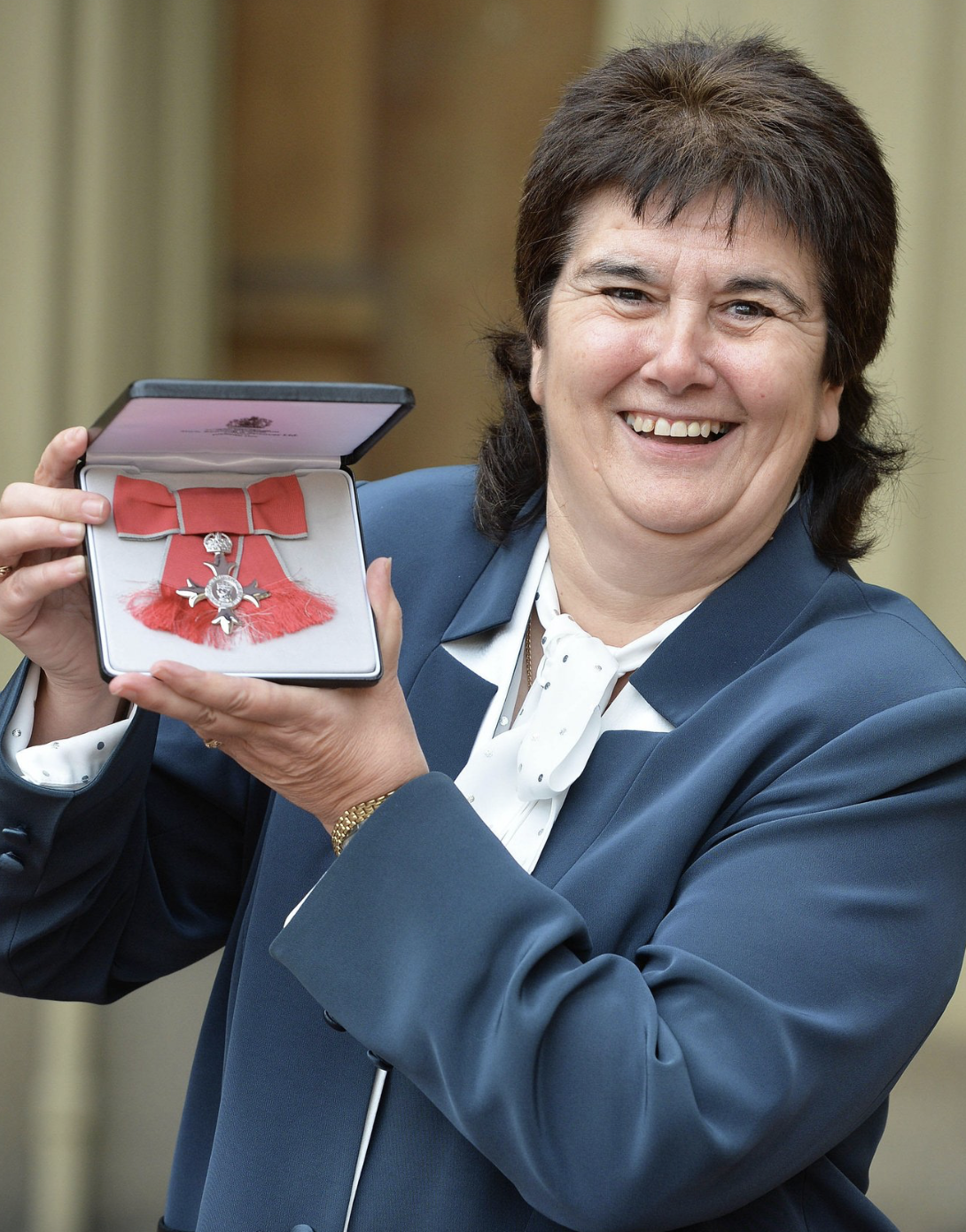The Olympics is often viewed as the pinnacle of any athlete’s career as the opportunity to represent their country in such a prestigious event is an immense honour. The Olympic Games also has a profound social impact, as it unifies people from all different backgrounds in their love for sport. It mirrors the key values embodied by women’s football through its promotion of inclusivity, respect and equality.
Women’s football at the Olympics has rapidly evolved with the tournament helping to spread awareness of the women’s game in countries where the sport is greatly underappreciated. A key example of this is the 2020 Tokyo Olympics which has resulted in the Japanese women’s fan base growing exponentially over recent years. The Nadeshiko have been on an upwards trajectory ever since, reaching the World Cup semi-final in 2023 whilst producing exciting young talents such as Momoko Tanikawa.
However, despite the great benefits of this tournament to women’s football, the tight scheduling of games has resulted in a rapidly unfolding injury crisis which will spiral out of control if not addressed. At the Olympics, there are 12 teams, each with an 18-player squad and four reserves. The games are often around three days apart which leaves little time for teams to rest and recover. This is especially important when you consider that these players are going up against the best in the world therefore time to properly recuperate is vital for both their mental and physical health.
These short turnarounds do not allow this, meaning that many players go into these high intensity games with extreme fatigue and therefore a heightened risk of injury. It’s no surprise that we are seeing new injuries every game which has been especially noticeable at the 2024 Paris Olympics. Almost every nation has an extensive list of players unavailable through injury which is ever growing. This has left teams having to call upon their reserves to step up to the plate as match day squad numbers dwindle.
At the Paris Olympics, we have seen the likes of Emily Fox, Linda Caicedo, Wendie Renard and Rafaelle Souza suffering various injuries during matches which raises questions about the format of women’s football at the games. All of these players are regular starters for both club and country whilst also frequently playing the full 90 minutes. This exhibits the inevitable toll that the lack of rotation and back-to-back full 90s is having upon some of the world’s most prominent players.
It is truly heartbreaking to see so many players suffering with injuries that keep them away from the pitch for an extended period of time but unfortunately this trend will only continue if sufficient changes aren’t made.
The vast majority of players involved in the Olympics are coming off the back of an extremely congested season with many playing multiple games each week in various competitions. Furthermore, numerous countries played a series of Euro qualifier games between May and July with others playing multiple friendlies in preparation for the Olympics. The cycle of games is unrelenting as players attempt to balance their responsibilities for club and country whilst trying to maintain optimum fitness levels.
This means that players have had little time to rest and it’s almost certain that this has been detrimental to their mental health.We know that this can play a major role in injury susceptibility as players such as Vivianne Miedema have spoken about this issue. She opened up about the impact that mental health has had upon her ACL injury and recovery journey which highlights the correlation between the two.
An unprecedented surge in ACL injuries can also be partially attributed to the brutal scheduling in the women’s game as the increased workload puts added stress on these muscles.
Many standout players have sustained these injuries whilst on international duty such as Evie Rabjohn, Lena Oberdorf and Victoria Pelova which demonstrates the urgent need for this crowded calendar to be revised, with a focus on promoting rest and recovery.
Unfortunately, we will continue to see players stretchered off the pitch with these horrific injuries if the scheduling issues continue to be ignored. The current schedule is completely unsustainable as soon there will not be enough players fit enough to play in these tough matches. However, there are crucial changes that can be made to reform the current system and ensure the continual success of women’s football at the Olympics.
What can be done to combat this problem?
When addressing this issue, it’s extremely useful to evaluate the format of men’s football at the Olympics to identify potential modifications that can be made. For example, in men’s football, the tournament is seen as more of an under-23 player development opportunity with each country only able to name three players over the age of 23 in their squad. This contrasts with the women’s football format which is considered an elite senior competition with no age restrictions.
Therefore, the men’s format allows many senior players to have a much-needed break whilst also offering younger players a chance to make their mark on one of the world’s biggest stages. As a result,it could be advantageous for women’s football if a format similar to the men’s is implemented.
The recent emergence of talented young players across the top levels of women’s football globally shows that these young stars are more than capable of stepping up in such a prominent event. These players are also likely to be more well-rested due to a less crowded international schedule at youth level and fewer minutes on the pitch throughout the domestic season.
Take for example, Bruna Vilamala and Mariona Caldentey from the Spanish national women’s team. Vilamala, aged just 22, played 848 minutes in Liga F last season whilst Caldentey played over 2000 minutes at the age of 28. Therefore, this shows that the under-23 players would be more energised going into the tournament as their minutes at club level have been limited. Vilamala alongside other youngsters such as Vicky Lopez, who is on the reserves list, have also been part of the Spanish setup previously meaning that they are clearly capable of representing their country at the Olympics.
This allows the more senior players to have time off throughout the summer which means that they can return to their respective clubs with adequate rest in preparation for a busy season ahead. Meanwhile, the Olympics could result in the rapid rise of numerous exciting young talents who rarely get to showcase their abilities in other international tournaments such as the Euros. This could help to bridge the gap between the under 23 team and the senior squad which will allow players to smoothly transition between the two.
Another change could be altering the format of knockout games that end in a draw. At this year’s Olympics, three of the four quarter finals went to extra time with two being decided on penalties. With many coaches refusing to utilise their allocated substitutions, numerous players were expected to play for the full duration, many of whom will start the semi final matches aswell. This is simply untenable as these high pressure matches are often extremely physical with both teams battling to remain in the tournament.
A solution could be for games ending in a draw to go straight to penalties which will prevent the need for an additional 30 minutes of play. This could prevent injuries as many throughout the tournament have been sustained throughout added time.
The issue of squad size can also be tackled to allow teams to bring more players to the Olympics. This will allow for better minute management by coaches whilst also allowing younger players who perhaps just missed out on the final squad, to be selected.
In addition, an increased number of substitutions per match will result in greater rotation that prevents managers being limited to just one player per position, which is inevitably a cause of many injuries. A notable example of this is Emily Fox who played 365 minutes at the Olympics prior to her knee injury which highlights the lack of rotation in the right-back position by manager Emma Hayes.
Therefore, if the squad size is increased, coaches can have multiple options in each position meaning that players can be rested instead of being expected to play 90 minutes every game.
In men’s football, the Olympics isn’t part of the FIFA calendar meaning that clubs can choose whether to release players to compete in the renowned tournament.
Conversely, the Olympics is considered part of the women’s calendar meaning that players have no choice but to attend if selected.
Further research in the women’s game to demonstrate the link between scheduling and injury risk could be instrumental in raising the current standards. These types of studies within the women’s game are rare in comparison to the men’s, again exhibiting the damaging disparity between the two.
For a tournament that claims to value equal treatment and inclusivity,the stark difference between the formats of men’s and women’s football undermines this.
This shows that despite the incredible progress made by women’s football at the Olympics, there is still work to do for the women’s game to receive the same level of support as their male counterparts.
If vital amendments such as age restrictions can be made in men’s football in 1996, then why can’t similar changes be implemented in the women’s game in 2024?
The women’s game is experiencing a period of continuous evolution which is helping to construct a brighter, more sustainable future for the sport.
The rapid development of women’s football is proof that change is possible, meaning that it’s up to fans and players alike to make our voices heard about these important issues. Therefore, a concerted effort to raise the bar of the women’s game will preserve the great success of the sport at the Olympics for many generations to come.
Photo – https://www.instagram.com/theviewontheotherside/



